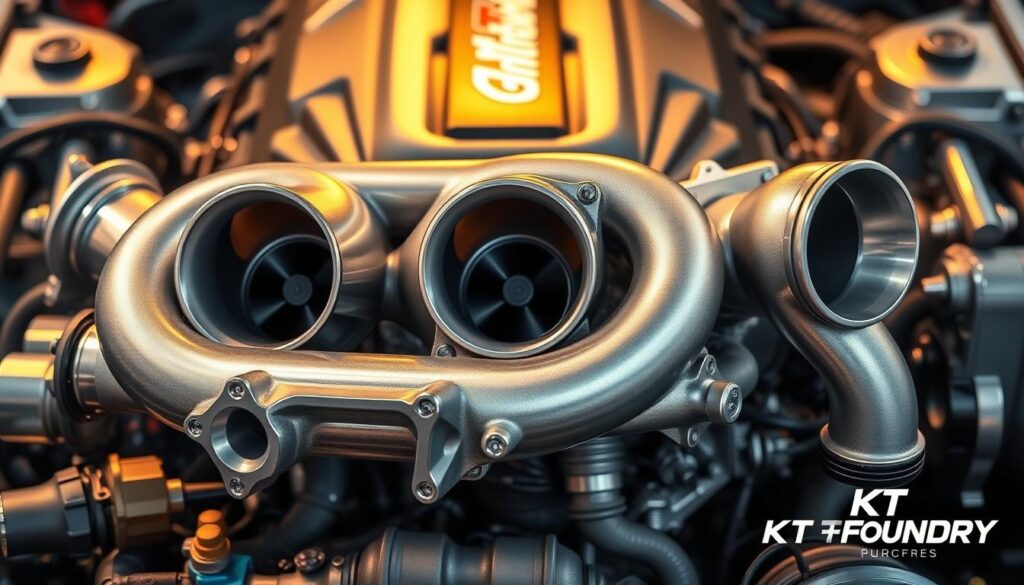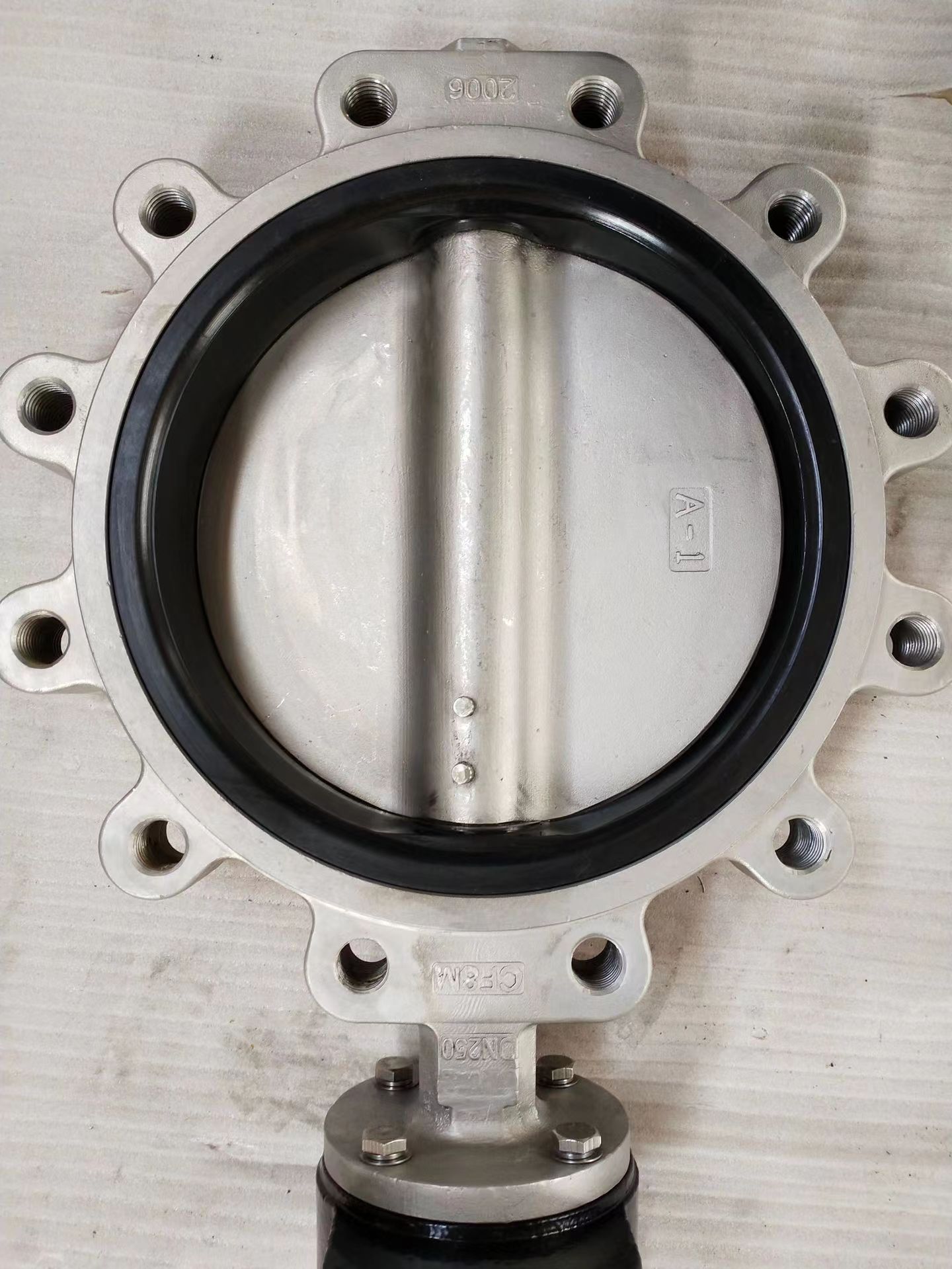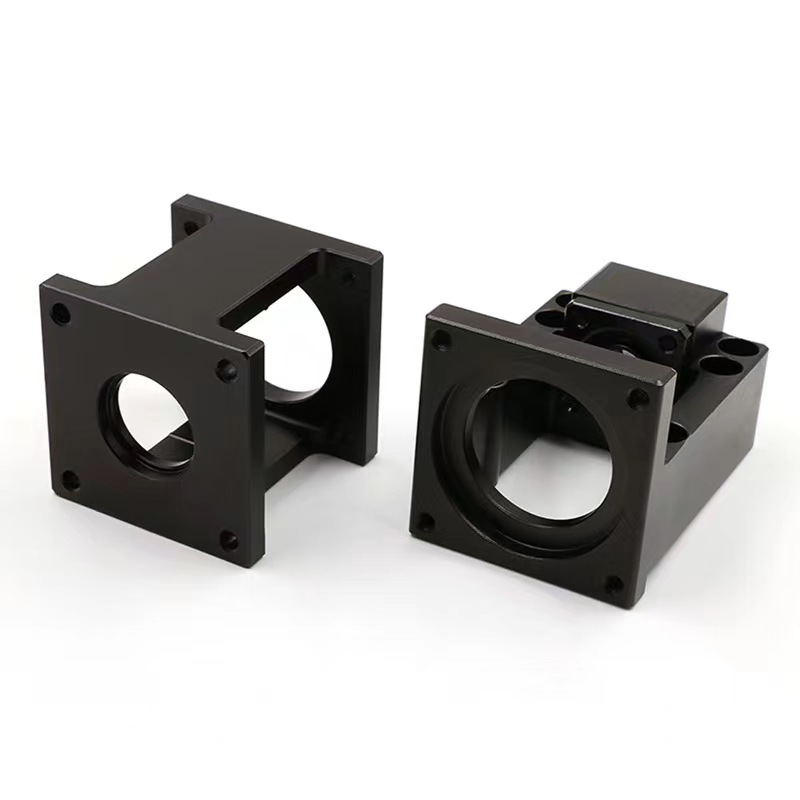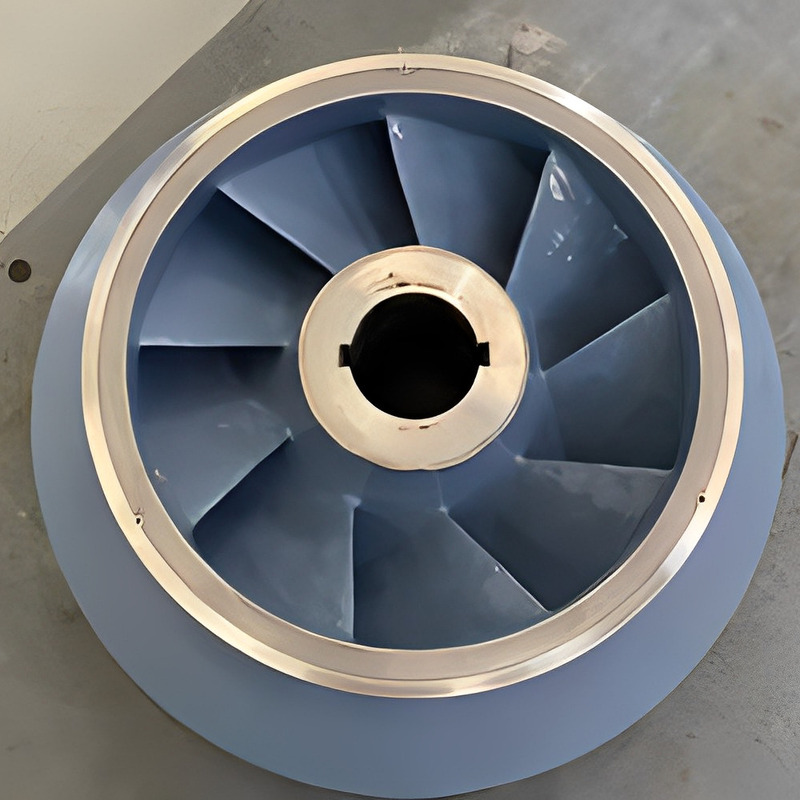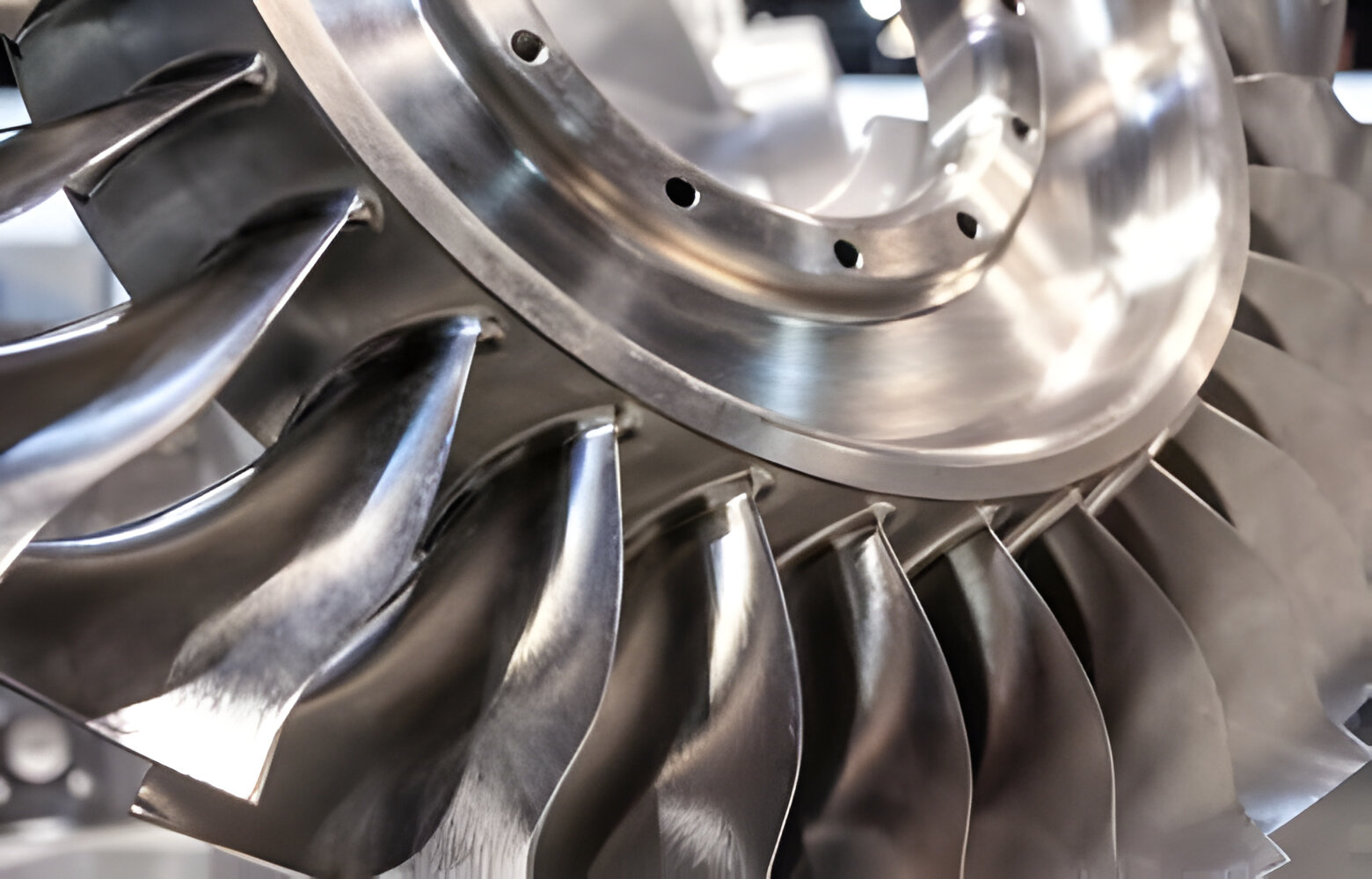Optimizing the intake manifold is key to boosting a turbocharged engine's performance. The intake manifold lets pressurized air from the turbocharger into the engine's cylinders. By designing and tuning it well, we can greatly improve the engine's power, speed, and efficiency. This article will cover how to make the most of your turbocharged engine's power.
Key Takeaways
- Optimizing the intake manifold is crucial for turbocharged engine performance
- The intake manifold is the gateway for pressurized air from the turbocharger to the engine cylinders
- Careful design and tuning of the intake manifold can boost power, responsiveness, and efficiency
- Understanding the role of turbochargers and superchargers is key to optimizing the intake manifold
- Proper tuning of intake manifold runner length and shape is essential for maximizing airflow and power
The Power of Forced Induction
For an engine to reach its full potential, forced induction systems like turbochargers and superchargers are key. These devices boost the air's density going into the engine. This means more fuel can be delivered, leading to more power.
Understanding Turbochargers and Superchargers
Turbochargers use the engine's exhaust gases to power a turbine. This turbine spins a compressor that pushes more air into the engine. This method, called turbocharging, greatly increases horsepower and torque without adding much weight.
On the other hand, superchargers are powered by the engine directly. They use a belt to spin the compressor and pressurize the air. Both systems make the air in the engine denser. This lets the engine burn more fuel and produce more power.
"Forced induction is a game-changer for engine performance, allowing us to extract every last drop of power from the engine."
It's important to know the differences between turbochargers and superchargers when setting up a turbocharged engine. Each system has its own way of working and needs special attention for the best results.
Optimizing the intake manifold for turbo
The design and tuning of the intake manifold are key for a turbocharged engine's performance. The length of the intake runners is a major factor. Short runners, around 200-250mm, help with power at lower RPMs and boost at higher RPMs.
Turbocharged engines work differently because of the dense, high-pressure air. By adjusting the runner length and the intake manifold, we can improve cylinder fill and reduce pressure drops. This makes the turbocharged engine more powerful.
Runner Length and Tuning
The length of the intake runners is vital for turbocharged engines. Short runners, 200-250mm, offer several benefits:
- They improve cylinder fill at high RPMs, boosting power.
- They cut down on pressure drops, making airflow more efficient.
- They enhance low-end torque and responsiveness, thanks to better cylinder fill at lower speeds.
By fine-tuning the intake manifold, including the runner length, we can make the turbocharged engine perform better. This leads to a wider and stronger torque curve and better engine performance overall.
"Careful intake manifold tuning is essential for unlocking the full potential of a turbocharged engine."

Boost Control and Management
Getting the right amount of boost control is key to getting the most out of a turbocharged engine. Boost control systems, like wastegates and bypass valves, help us manage the boost pressure from the turbocharger. This is vital to avoid over-boosting, which can harm the engine, and to make sure the power is delivered smoothly across all RPMs.
With advanced boost control methods, we can adjust the engine's quickness, shape the power curve, and keep it running safely. Knowing how to use boost control mechanisms is crucial for making a turbocharged engine perform well.
- Proper boost control is key for the best engine performance
- Wastegates and bypass valves control boost pressure to stop over-boosting
- Advanced boost control strategies improve power delivery and how fast the engine responds
- Knowing about boost control is vital for turbocharged engines that perform well
For more info on why the inlet manifold is important for engine, check out our detailed article.
"Precise boost control is the key to unlocking the full potential of a turbocharged engine."
Conclusion
We've looked into turbocharged engines and seen how important the intake manifold is. It's key to making the engine perform better. By understanding how turbochargers and superchargers work, and adjusting the intake runner length, we've found ways to make turbocharged engines work their best.
The intake manifold is crucial for boosting turbocharged engine performance. With the right design and tuning, it can greatly improve power, speed, and engine performance. Learning about forced induction and boost control and management helps unlock the engine's full power.
With the knowledge from this article, you can improve your turbocharged engine's power optimization and fun. Whether you're into racing, want better performance, or just want a more efficient car, these tips will help you get the most out of your turbocharged engine.
FAQ
What is the importance of the intake manifold in a turbocharged engine?
The intake manifold is key for letting pressurized air from the turbocharger into the engine's cylinders. By designing and tuning it well, we boost the engine's power, speed, and efficiency.
What are the key differences between turbochargers and superchargers?
Turbochargers use the engine's exhaust gases to power a turbine, which then drives a compressor. This compressor forces more air into the engine's cylinders. Superchargers, however, are powered by the engine itself, using a belt to increase air pressure. Both types make the air in the cylinders denser, allowing for more fuel and more power.
How does the intake runner length affect the performance of a turbocharged engine?
Short intake runners, around 200-250mm, can slightly improve performance at low RPMs and a lot at high RPMs. This is because turbocharged engines work differently than regular engines. By adjusting the runner length and design, we can fill cylinders better, reduce pressure drops, and boost the turbocharged engine's power.
Why is precise boost control important for a turbocharged engine?
Precise boost control, using wastegates and bypass valves, helps manage the turbocharger's boost pressure. It's crucial for avoiding too much boost, which can harm the engine, and for improving power delivery across all RPMs. With advanced boost control, we can make the engine more responsive, shape its power curve, and keep it safe.

